Cry Me a River
Indigenous livelihoods swim against flow of hydropower interests in Hà Giang, Vietnam
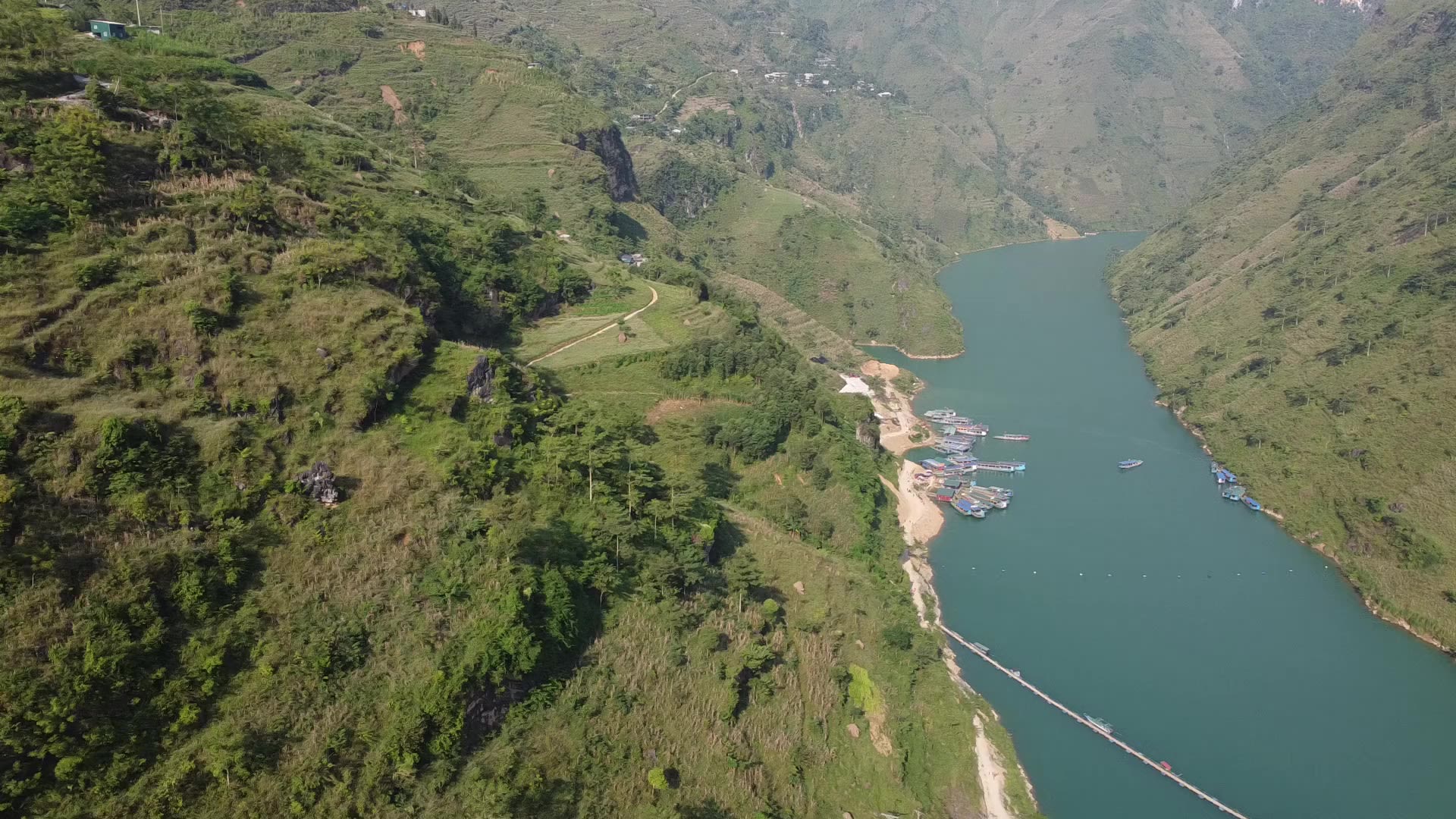
In the rugged terrains of northern Vietnam, Hà Giang province has transformed from an underdeveloped area into a bustling tourist destination, now at the heart of escalating conflicts between Indigenous livelihoods and ambitious hydropower projects.
As Hà Giang attracts millions of visitors annually, the Indigenous communities along the Nho Quế River face profound changes. The introduction of a hydropower dam has reshaped the landscape and livelihoods, submerging fertile lands and disrupting traditional fishing practices.
With tourism burgeoning as a key economic sector, set to significantly boost the province’s economy by 2025, the local populace grapples with the dual forces of opportunity and displacement. This dynamic tension between development and traditional ways of life encapsulates a broader struggle over the future direction of Hà Giang.
Situated eight kilometers from the 4C National Highway, the village of Tà Làng relies heavily on the Nho Quế River for its livelihood. Remote from major urban centers, Tà Làng is composed of 39 households from various minority groups. The community's livelihood is predominantly based on fisheries, an irrigation system, and agricultural land that are all sustained by the river.
In 2007, the Ministry of Industry in Hà Giang province entered into an agreement with the Bitexco group to construct a dam on the Nho Quế River, creating a reservoir. This development significantly disrupted the local community's way of life.
The construction of the dam caused water levels to rise by up to 25 meters, submerging agricultural lands. Additionally, the stagnant water of the newly formed reservoir led to a sharp decline in the populations of fish and shrimp, which were once abundant in the flowing river.
Some Indigenous people from a remote village were planning to relocate and build new homes near the highway to simplify their daily lives. They have faced numerous challenges, including poor transportation infrastructure characterized by winding, pothole-ridden roads, as well as the loss of agricultural land and traditional livelihoods.
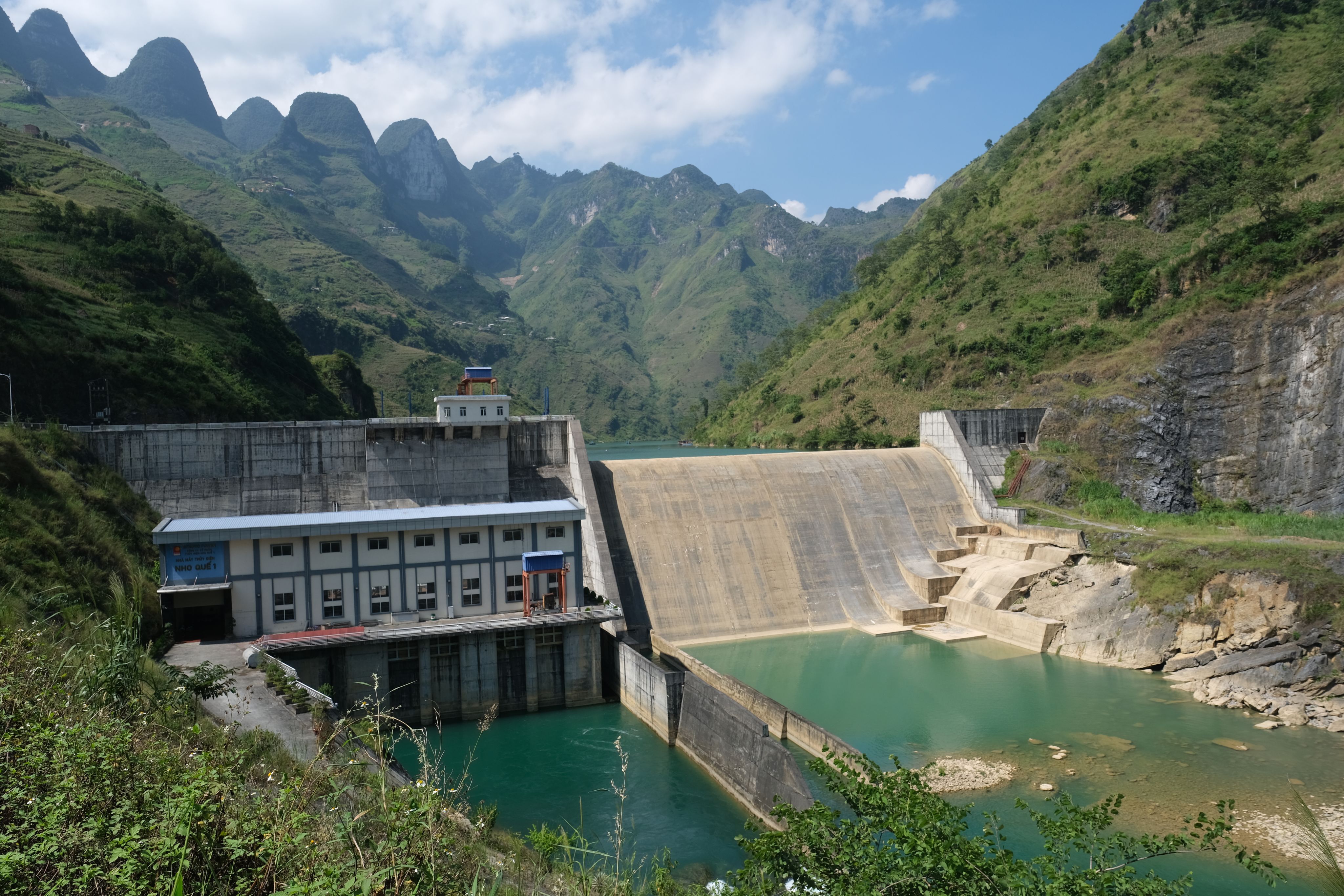
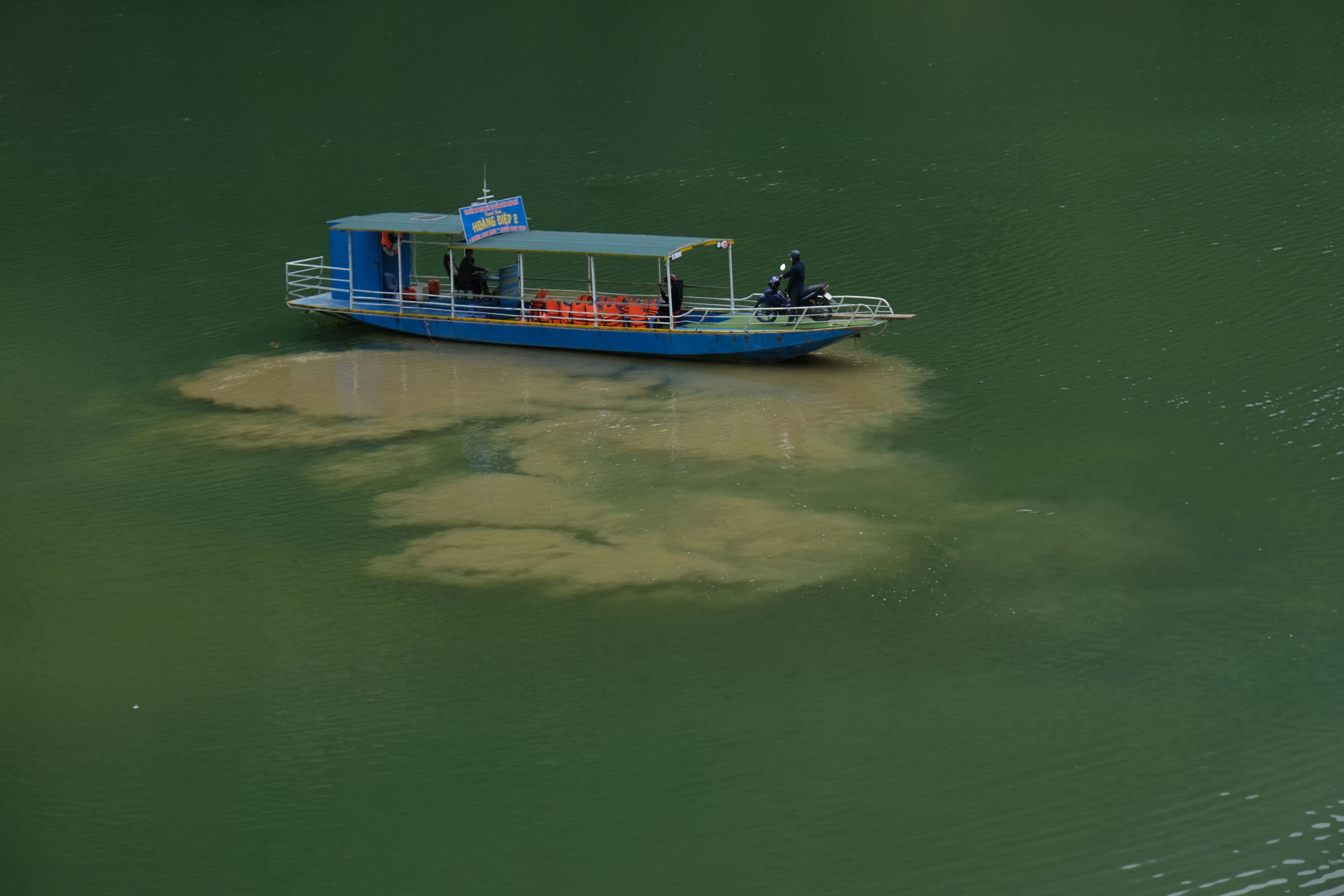

“When the hydropower project was announced, the local community opposed the construction of the dam,” said Niếm, a resident of Tà Làng Commune.
“Compensation was distributed in two rounds, leaving us unsure about how to invest effectively. With agricultural land, we can reinvest and harvest annually.
However, receiving a large sum of money all at once poses challenges for sustainable investment, and the funds can deplete quickly.”
Decisive change
The economic turning point for the villagers arrived when a small group of foreign tourists, standing at the Mã Pí Leng Pass, gazed down at the river below. After finding a path to the riverbank, they requested a boat trip. This event spurred the villagers to capitalize on the rising water levels and develop a boat service.
“At first, only a couple of households were involved in the business,” Niếm explained. "We are united in establishing the Tu Sản Agricultural and Tourism Service Cooperative, a collective that includes 51 boat owners providing services."
In 2019, Hà Giang province took a significant step toward improved conditions and prosperity by becoming a popular tourism destination, attracting an increasing number of domestic and international visitors.
According to a report by the Voice of Vietnam (VOV), the Department of Culture, Sports, and Tourism in Hà Giang reported that in March 2021, visitor numbers rose by 29.7% compared to the same period in 2020, totaling over 104,000 arrivals. In the first quarter of 2021, Hà Giang welcomed more than 352,000 visitors, generating revenues of approximately 581 billion VND ($25 million).
Between 2018 and 2019, supported by contributions from the local community, the government invested over three billion Vietnamese Dong (approximately $130,000) to construct a new asphalt road connecting the highway to Tà Làng village.
This development significantly boosted the local community, and with increasing investments in tourism, residents gradually began to overcome poverty.
Initially, only a few people could afford to operate homemade boats, but now 13 households actively provide boat services. They have expanded their operations by securing loans and investing in larger boats that can accommodate many passengers, with each boat involving an investment of around 200 million Vietnamese Dong (approximately US$8,700).
These households have strategically located their boat stops near their homes to minimize operational overheads. Now, managing their own guest services, they charge 100,000 VND (about US$4.35) per person for a round trip. All the revenue generated goes directly to the boat owners.
In the first six months of 2023, Hà Giang province welcomed 1,418,000 tourists, marking a 28.2% increase compared to the same period in 2022. According to the Ministry of Culture, Sports, and Tourism, the province is set to transform tourism into a key economic sector by 2025.
Plans include developing a provincial-level tourist area aimed at attracting over 3.5 million visitors annually. The projected revenue from tourism is expected to contribute 10.34% to the province’s total production value.
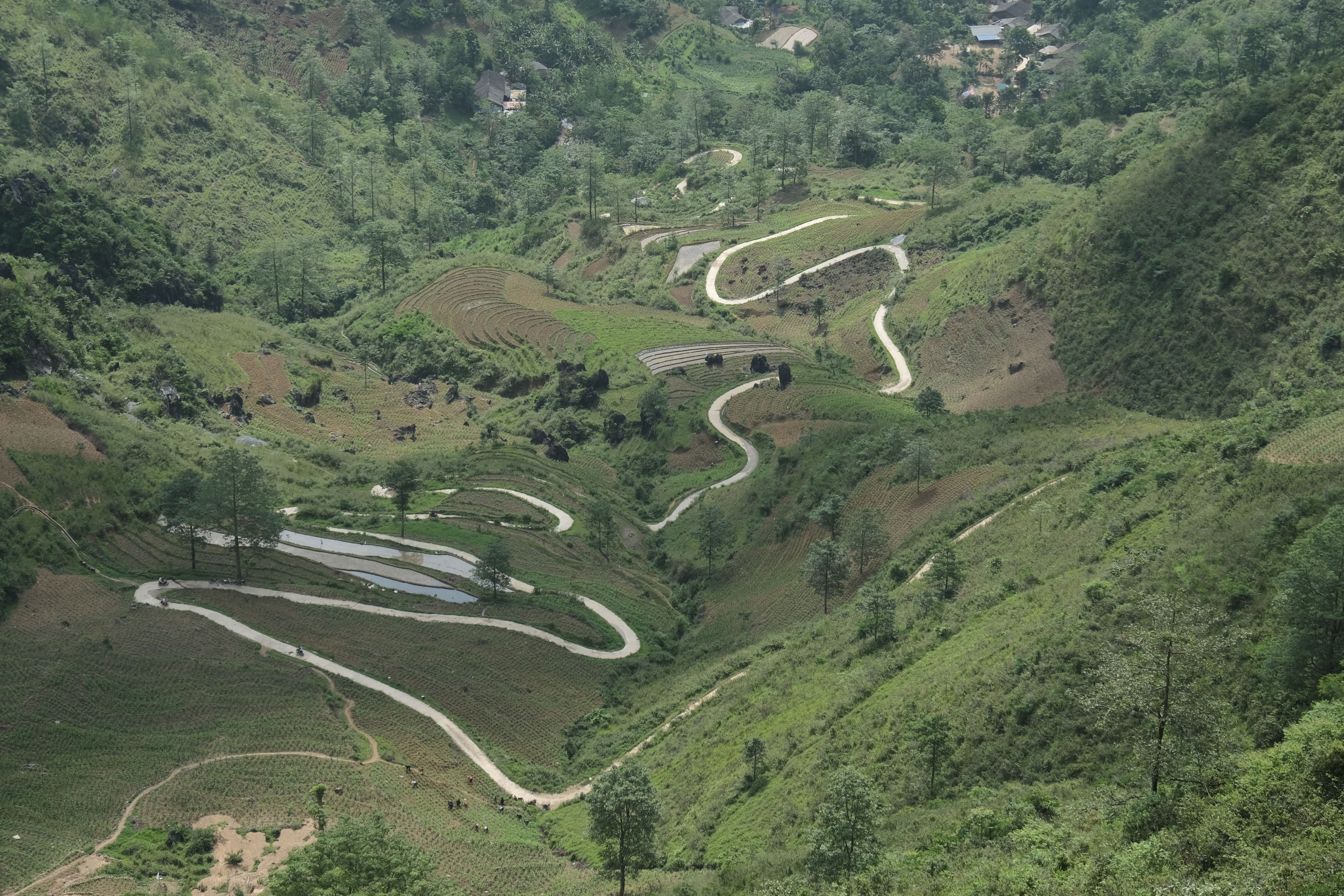
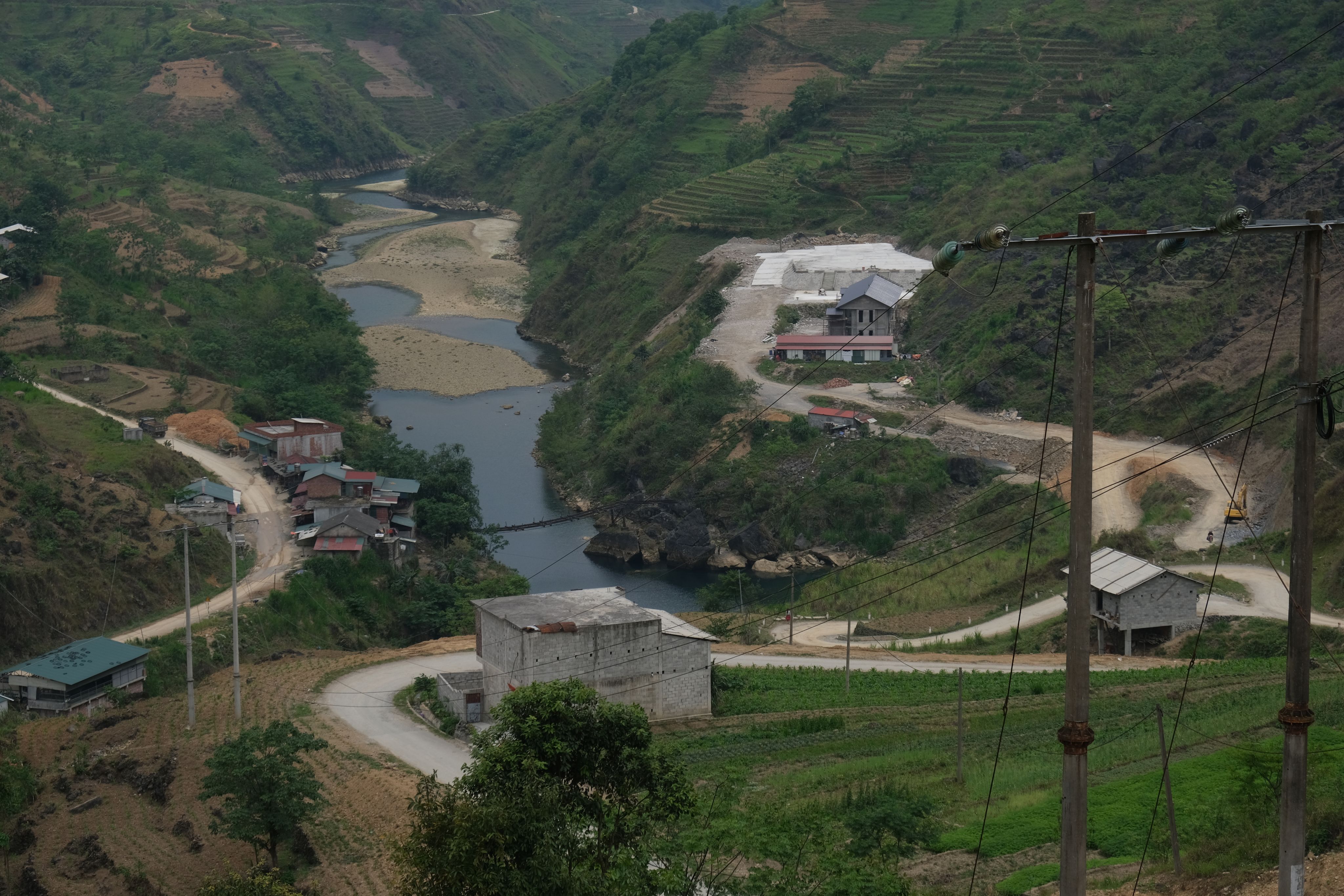
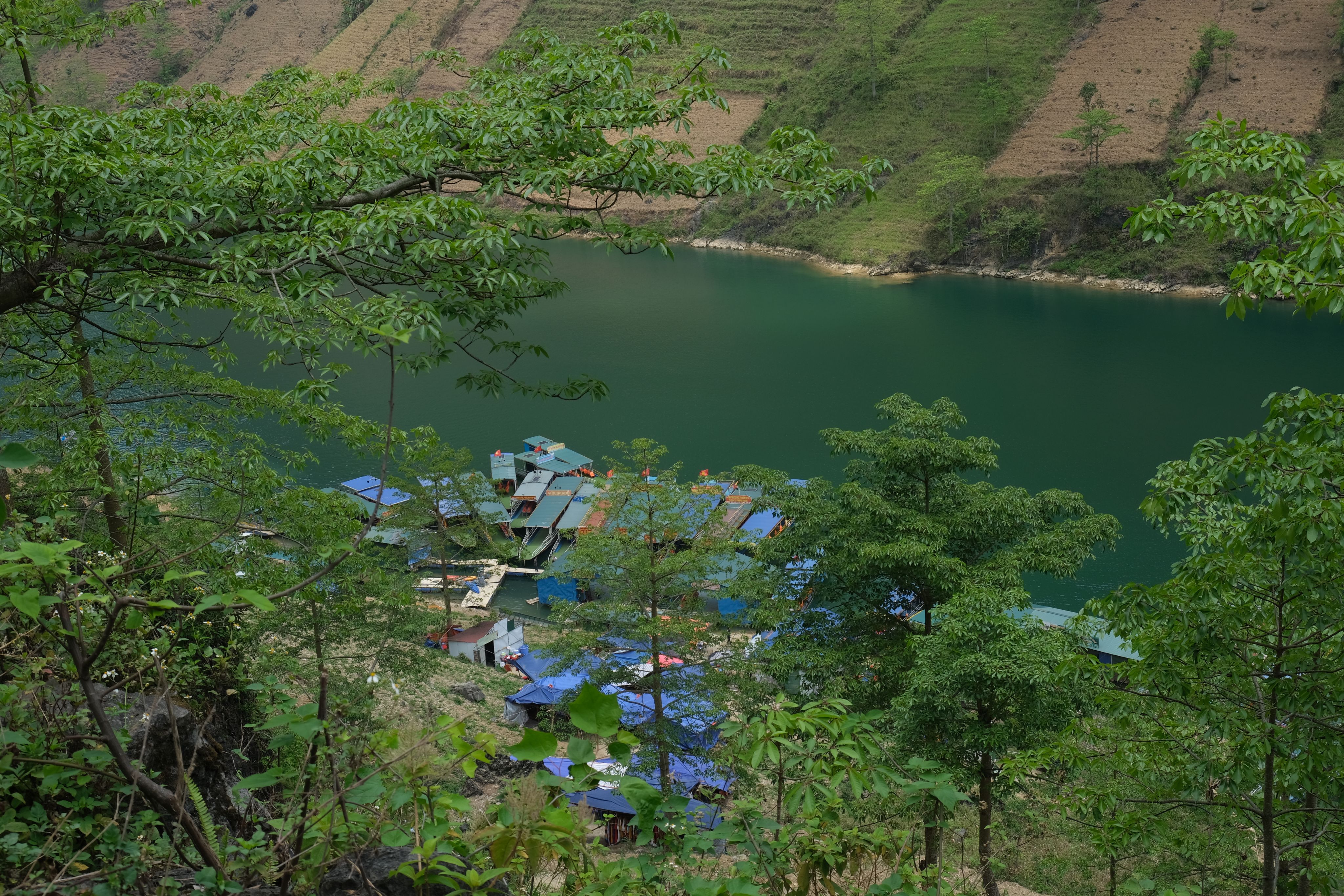
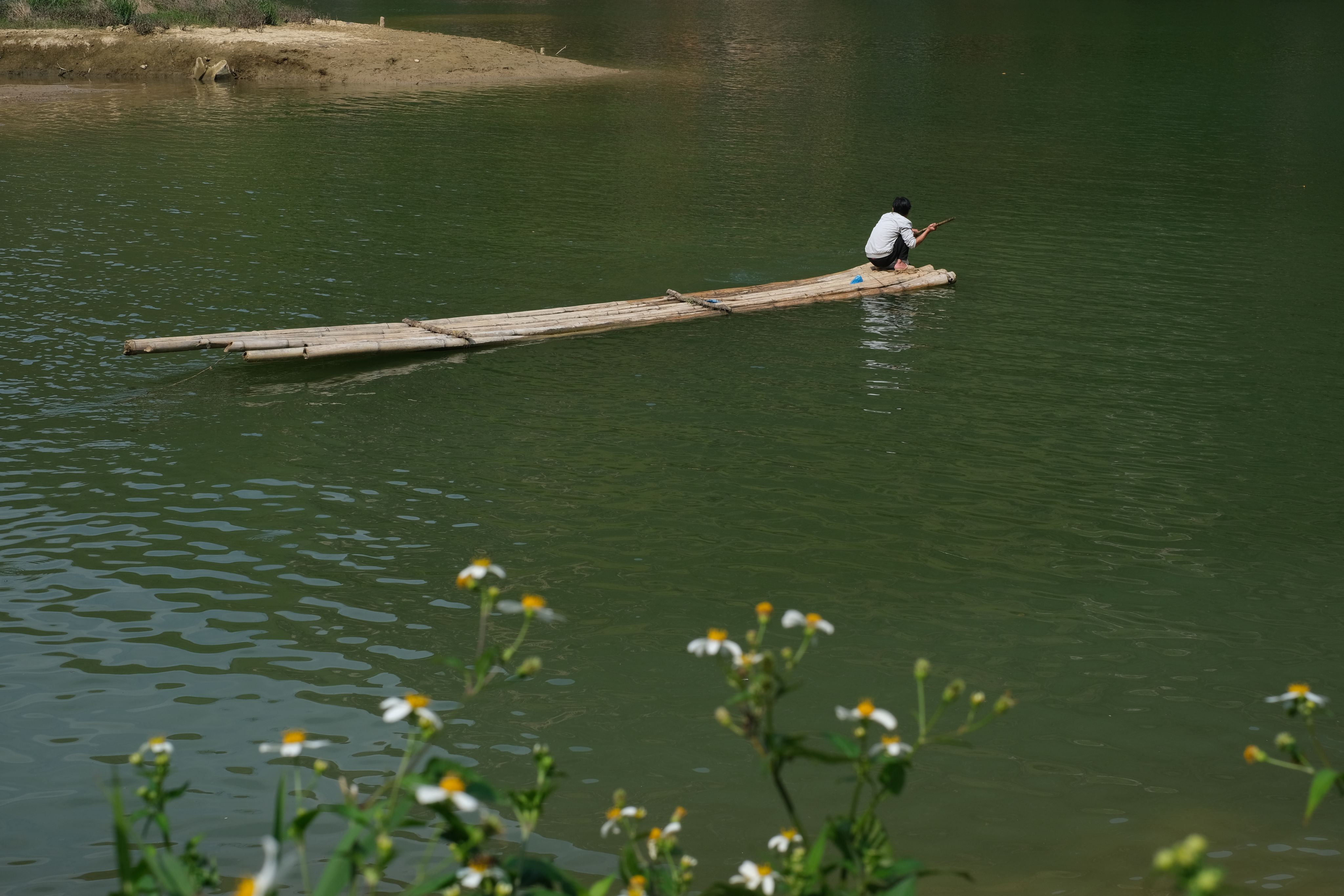
Troubled water
The livelihoods along the Nho Quế River were well-managed until it became a highly sought-after resource, attracting intense competition. The conflict primarily involves the Nho Quế I Hydropower Joint Stock Company and the Tu Sản Agricultural and Tourism Service Cooperative.
In 2023, during peak seasons, each household could earn up to 20 million Vietnamese Dong per week (approximately US$870)," said Duyen, a 28-year-old resident along the Nho Que River in Ha Giang province, Vietnam.
Duyen, who is the only female boat driver in the village, expressed concerns about the potential impact of the hydropower project investor’s involvement.
As of early 2022, the Tu Sản Agricultural and Tourism Service Cooperative, a collective of 51 boat owners, has been required to relocate their boat stop. The government cited safety concerns regarding the road from the 4C highway to Tà Làng villages as the reason for this move, directing the boat operators to a new stop closer to the hydropower project.
This relocation allows visitors to use a new concrete road funded by the hydropower project investor, who also offers additional services at this location. Consequently, the residents of Tà Làng have lost their rights to sell tickets to visitors traveling to the hydropower project area.
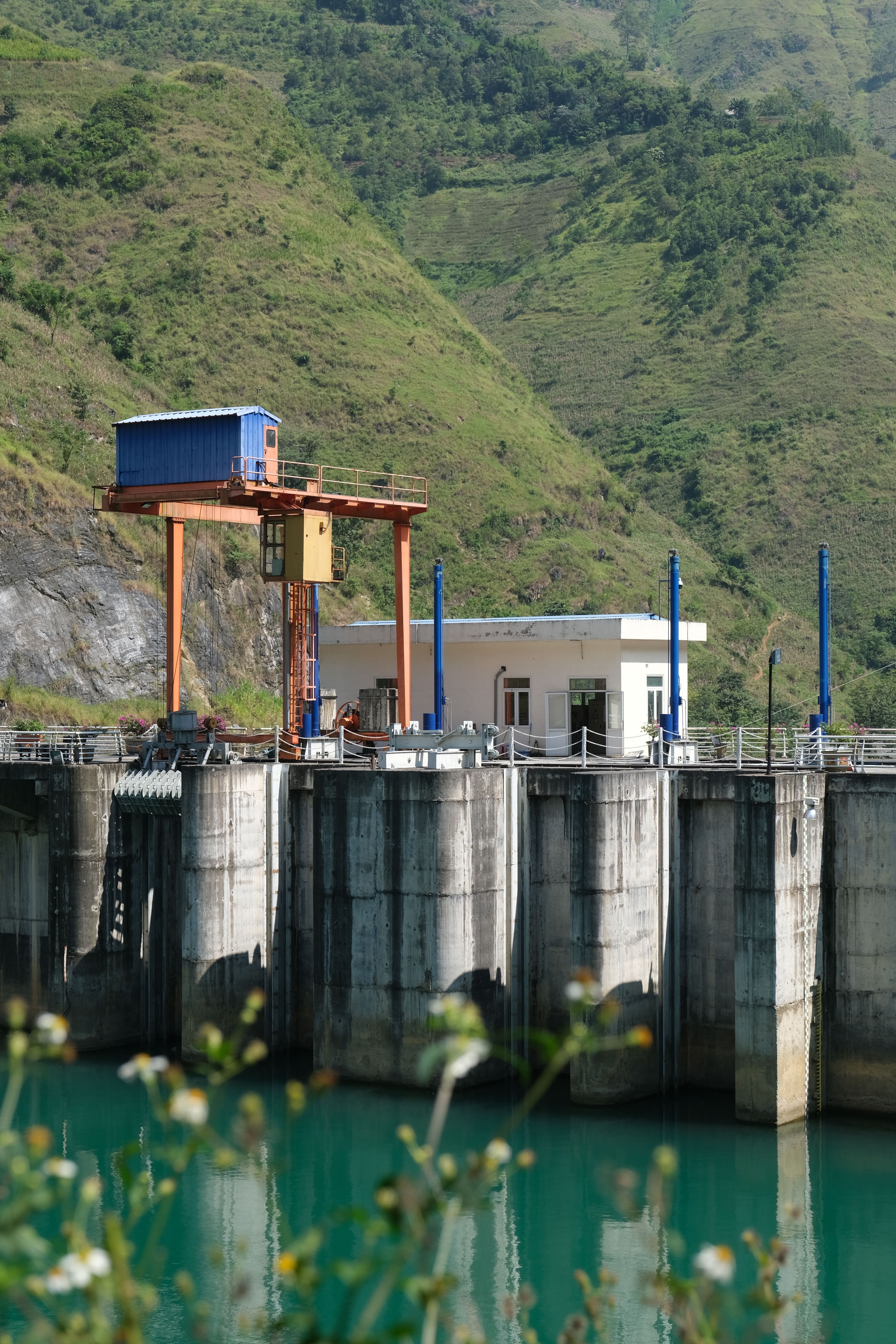
The overview of the Nho Quế hydropower project I construction.
The overview of the Nho Quế hydropower project I construction.
“If we don’t agree to move the boat stop to the new location, the government will prohibit us from welcoming guests and operating our boats along the river. It feels like a form of coercion and oppression,” said Mr. Long, a member of the Tu Sản Agricultural and Tourism Service Cooperative.
We, the boat community, receive 70% of the total ticket revenue, which goes toward covering boat maintenance, visitor insurance, fuel costs, employee salaries, and our initial investments,” he added.
Mr. Long further explained that the remaining 30% goes directly into the pockets of the hydropower project investors, who incur no additional expenses.
“This 30% is pure profit for them, while we distribute our 70% across 51 boats, covering all operational expenses,” he said.
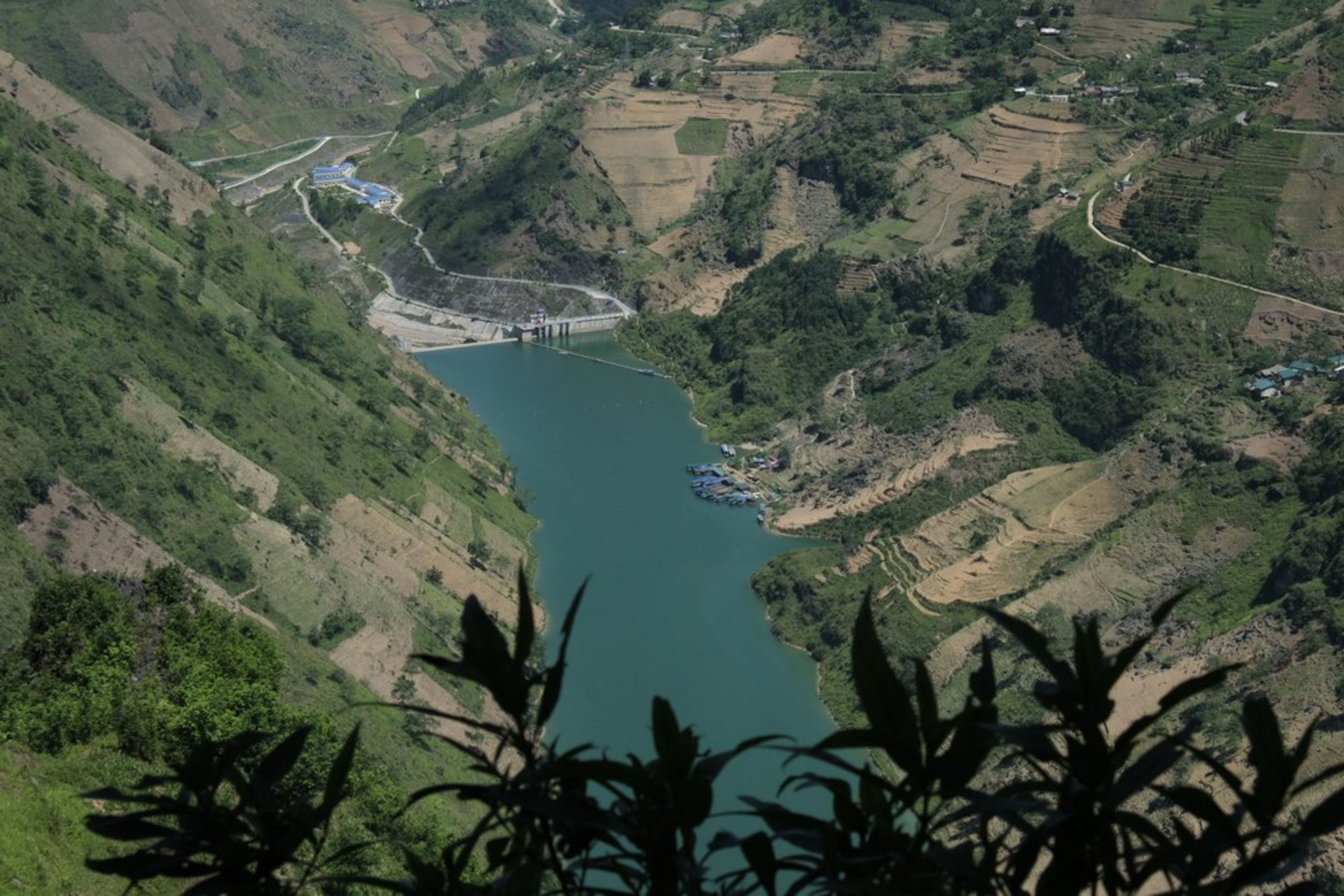
View of Nho Quế I hydropower project from the Mã Pí Lèng pass.
View of Nho Quế I hydropower project from the Mã Pí Lèng pass.

Children are walking on the protection line which connects the hydropower operation area and the main street to the ticket court.
Children are walking on the protection line which connects the hydropower operation area and the main street to the ticket court.
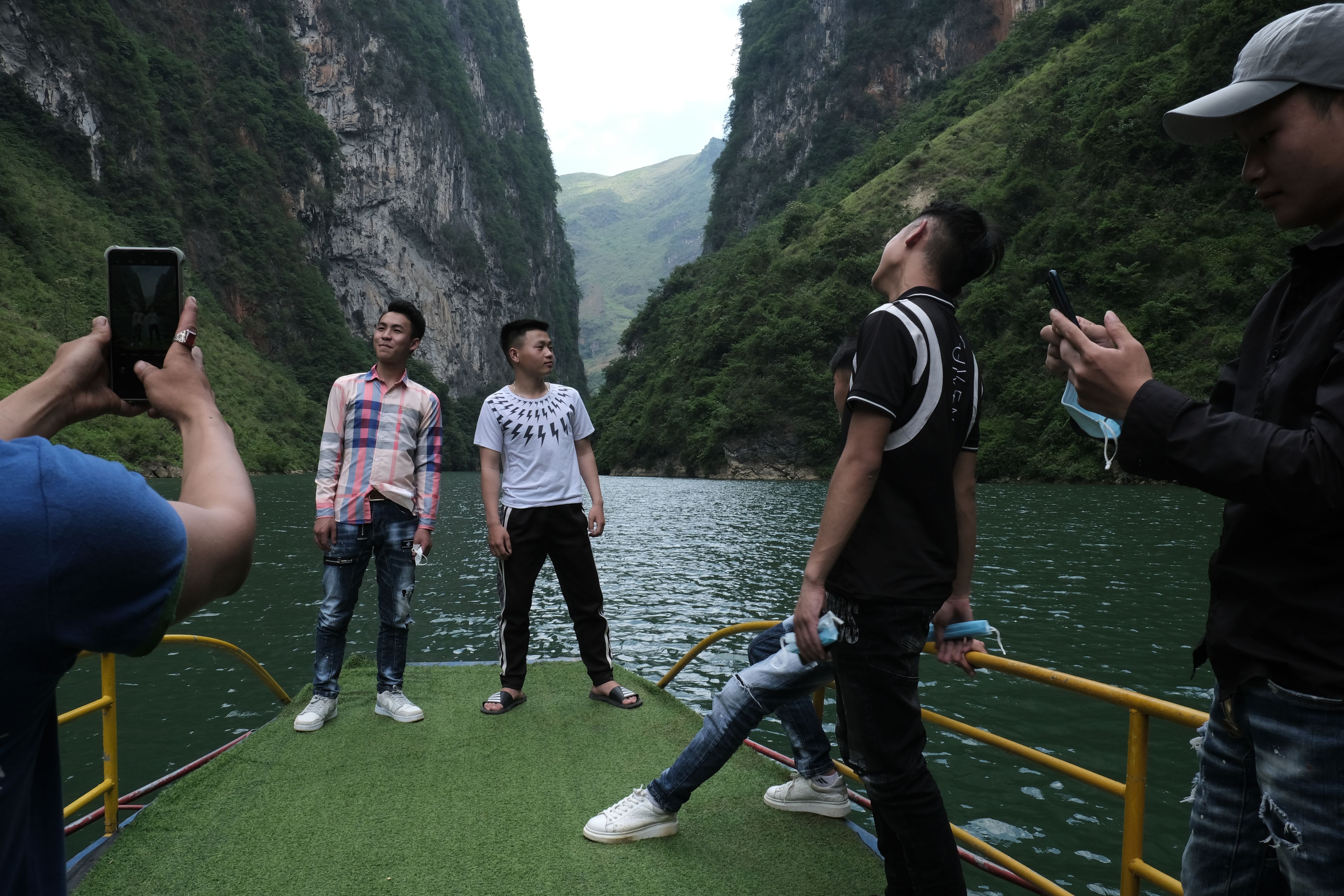
Tourists enjoy the boat service along the river.
Tourists enjoy the boat service along the river.
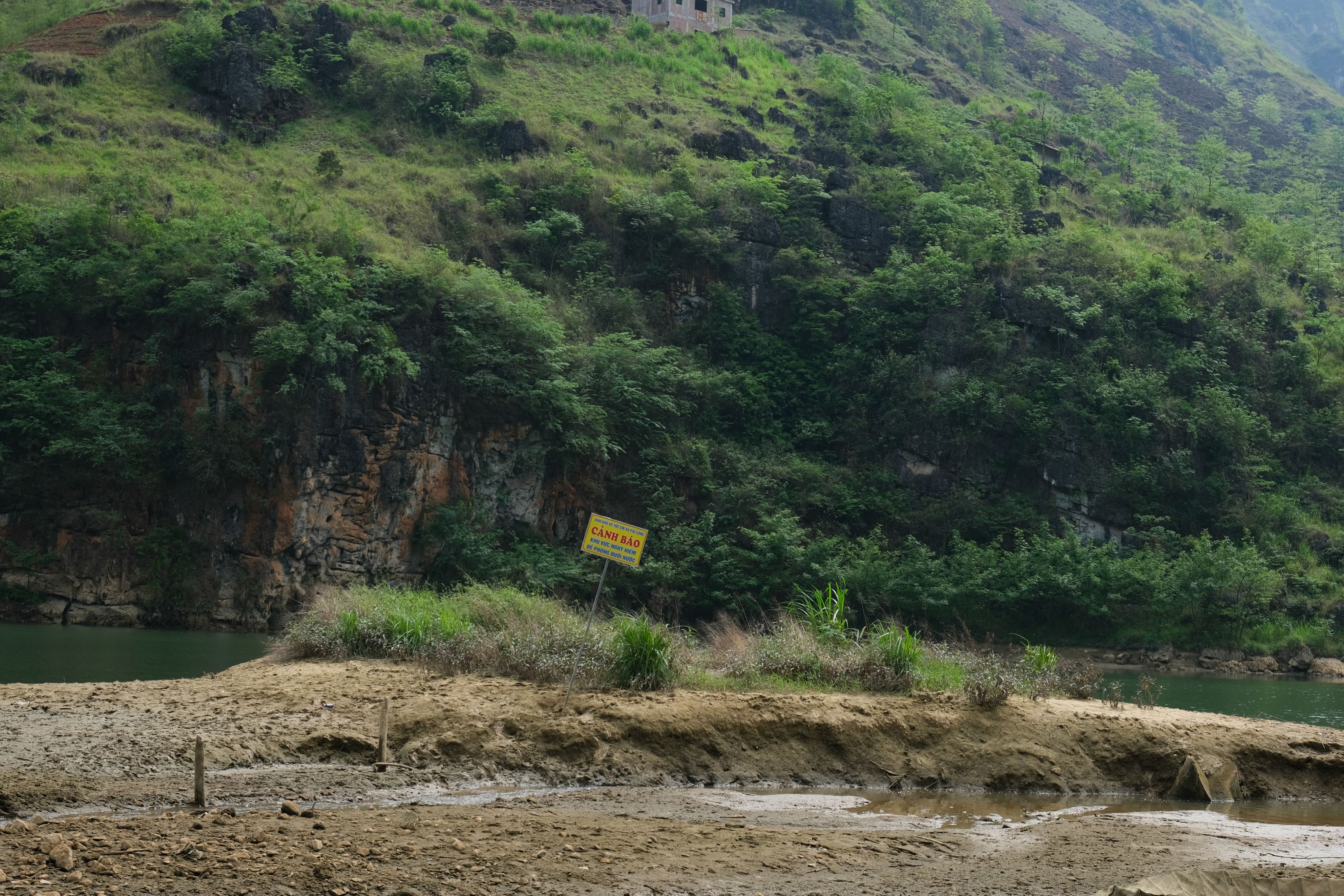
The drowning sign warning is placed when the river is blocked to make a reservoir.
The drowning sign warning is placed when the river is blocked to make a reservoir.
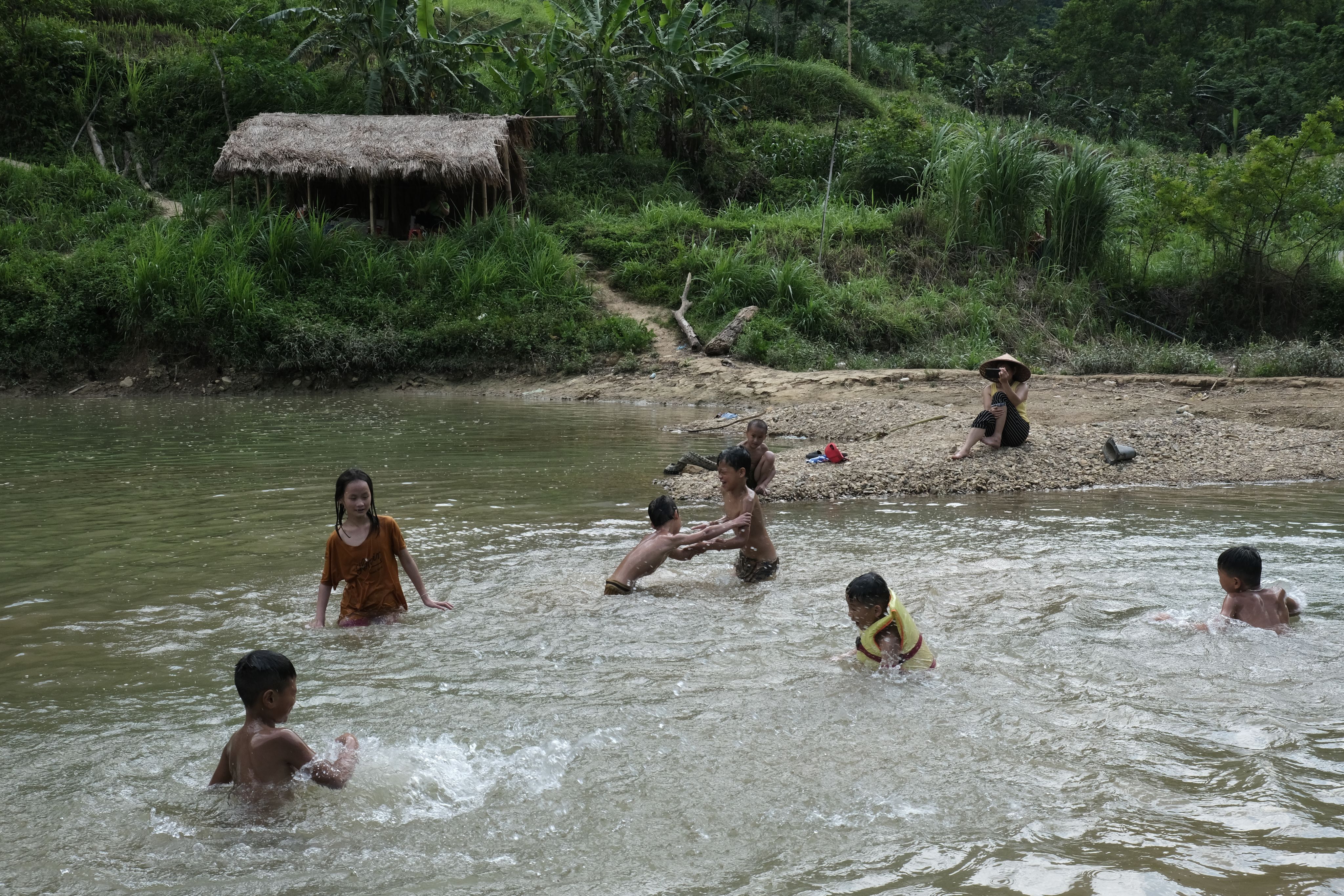
Children are swimming and playing around the submerged agricultural area.
Children are swimming and playing around the submerged agricultural area.
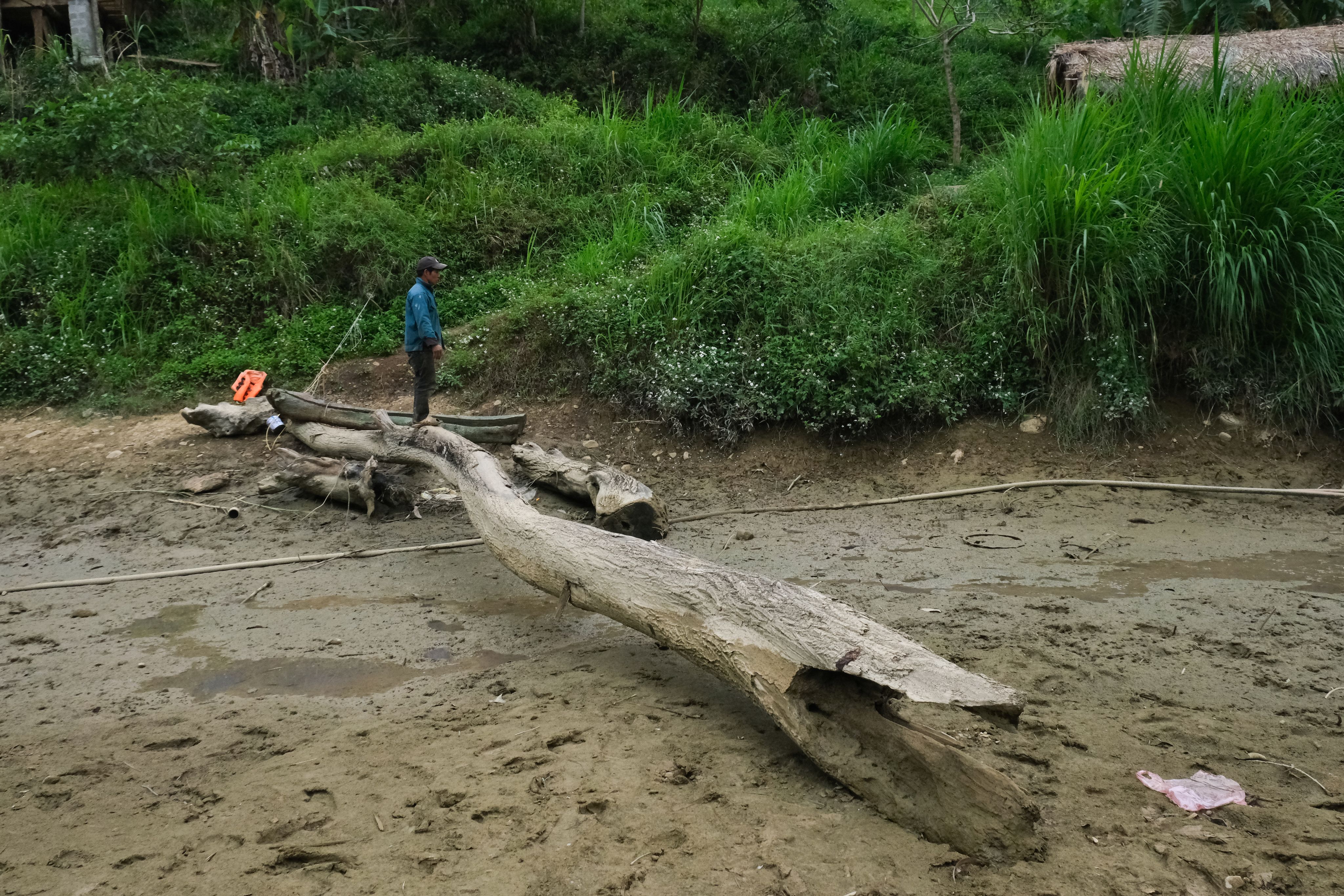
A Hmong man standing on a dead tree drifts back to the Nho Quế riverbank and utilizes its uses.
A Hmong man standing on a dead tree drifts back to the Nho Quế riverbank and utilizes its uses.
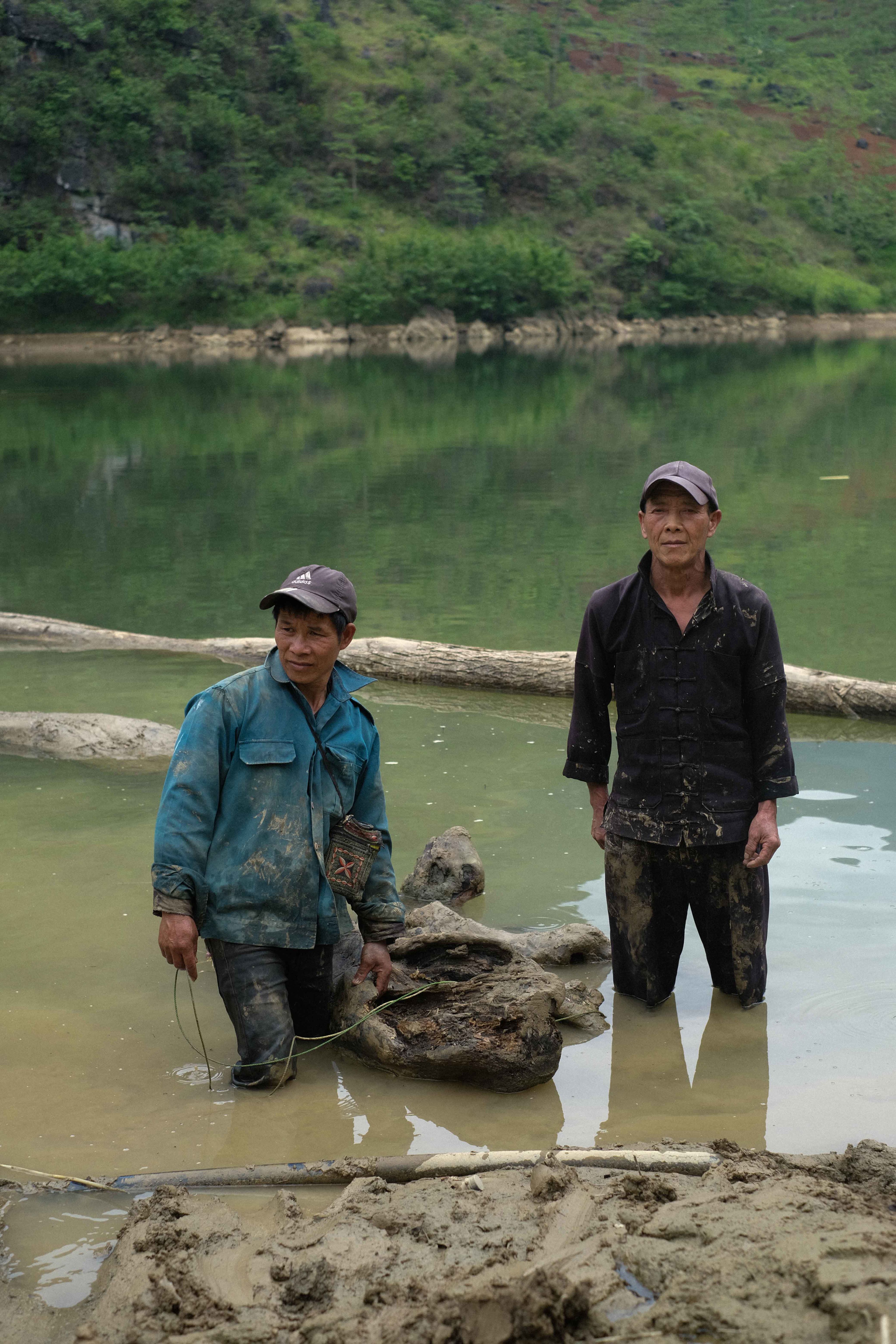
Portraits of local people whose livelihood is predicated on the Nho Quế River.
Portraits of local people whose livelihood is predicated on the Nho Quế River.
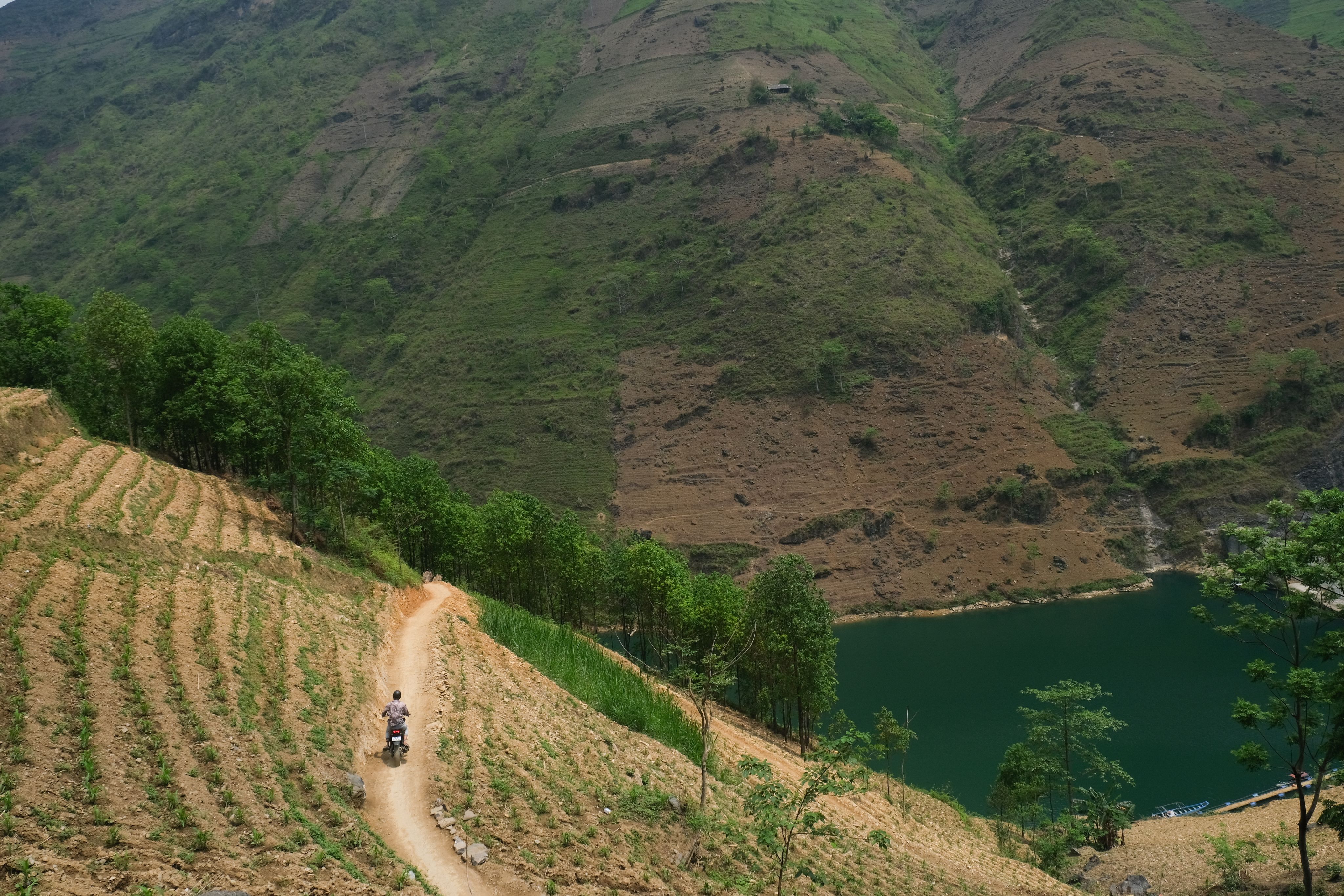
Hmong people are preparing for their next crop near the dry part of the Nho Quế River.
Hmong people are preparing for their next crop near the dry part of the Nho Quế River.
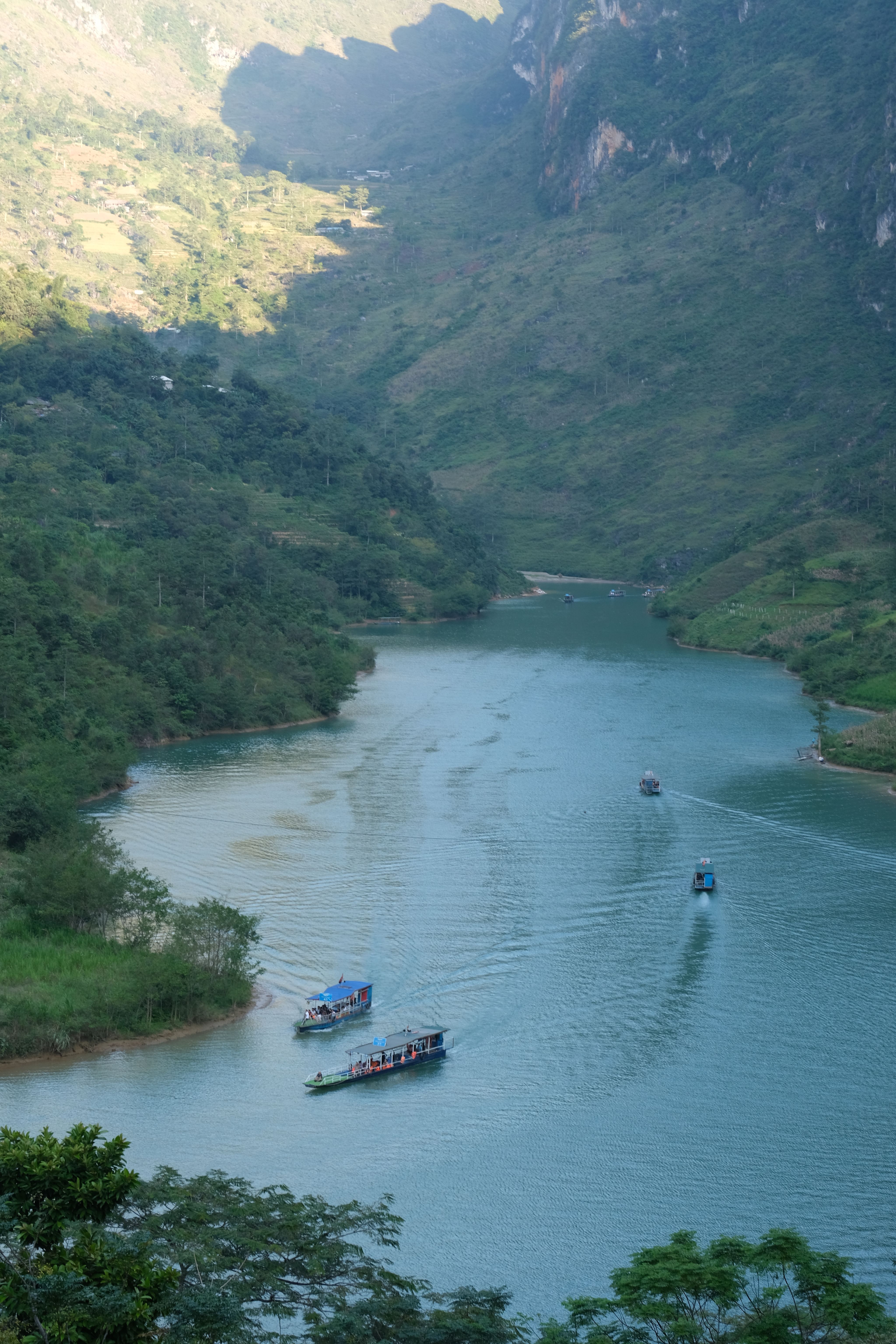
The people of Tà Làng commune are operating the boats.
The people of Tà Làng commune are operating the boats.
The Waiting
In October 2023, the government mandated a temporary shutdown of the boat services operated by the Tu Sản Agricultural and Tourism Service Cooperative. The central conflict revolves around the legal documentation required by both parties to operate an authorized boat stop.
Whichever side first completes the necessary paperwork will officially control the service along the river. Meanwhile, residents of Tà Làng Commune are worried that the local government's support is tilting in favor of the hydropower project investor.
The boat community is currently concerned that complying with the demands of hydropower project investors might eventually outpace their financial capabilities. They worry that their handmade boats will no longer suffice if the investors decide to require a new model costing up to a billion Vietnamese Dong each—a sum they cannot afford.
Furthermore, there is uncertainty about whether the government will provide support. The local government professes to back the community's livelihood, yet there seems to be a tendency to intervene and exert control once the locals start prospering and achieving success.
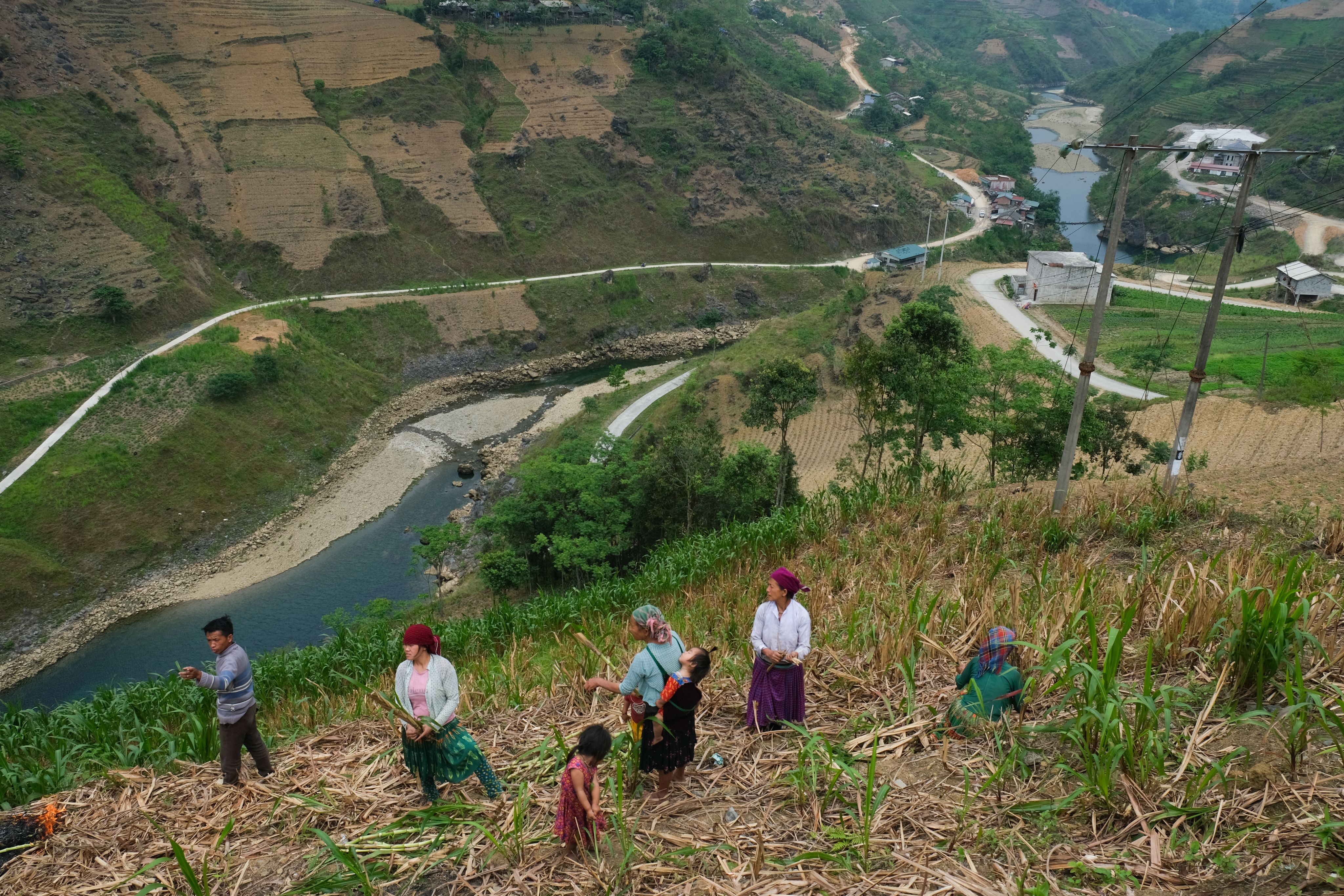
Hmong people are preparing for their next crop near the dry part of the Nho Quế River.
Hmong people are preparing for their next crop near the dry part of the Nho Quế River.
This has left many feeling oppressed and ignored; when they attempt to assert their rights, their pleas fall on deaf ears, leaving them feeling powerless and voiceless.
In meetings, the emphasis often seems to favor the hydropower project investor, which adds to the community's frustration as they struggle to have their concerns addressed.
With generous support from
Aid to the Church in Need
missio Aachen
Pontifical Society of the Propagation of the Faith
Text and photos by Nhan Tran
Edited by Mark Saludes
Produced by June Nattha Nuchsuwan
Published April 21, 2024
© Copyright MMXXIV LiCAS.news
